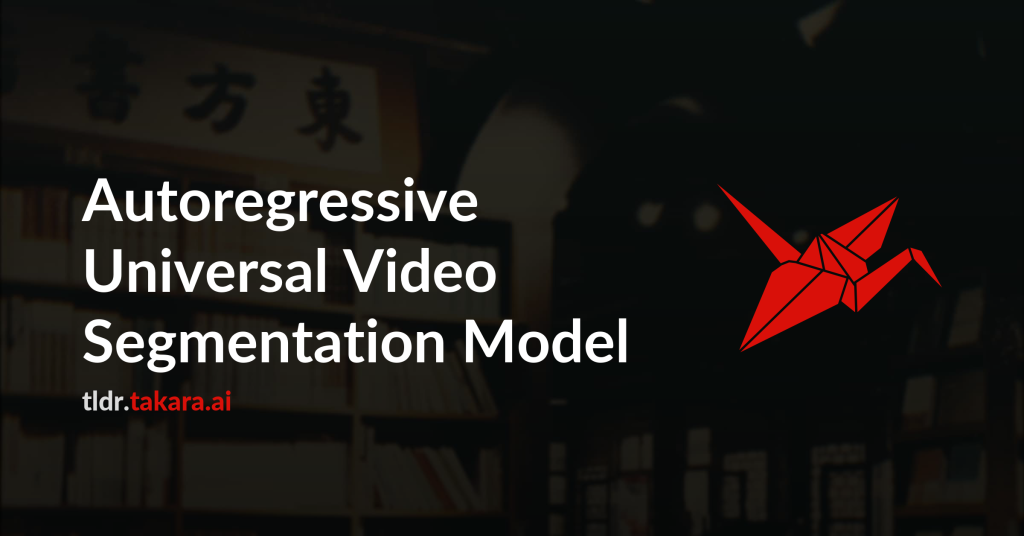Recent video foundation models such as SAM2 excel at prompted video
segmentation by treating masks as a general-purpose primitive. However, many
real-world settings require unprompted segmentation that aims to detect and
track all objects in a video without external cues, leaving today’s landscape
fragmented across task-specific models and pipelines. We recast streaming video
segmentation as sequential mask prediction, analogous to language modeling, and
introduce the Autoregressive Universal Segmentation Model (AUSM), a single
architecture that unifies both prompted and unprompted video segmentation.
Built on recent state-space models, AUSM maintains a fixed-size spatial state
and scales to video streams of arbitrary length. Furthermore, all components of
AUSM are designed for parallel training across frames, yielding substantial
speedups over iterative training. On standard benchmarks (DAVIS17, YouTube-VOS
2018 & 2019, MOSE, YouTube-VIS 2019 & 2021, and OVIS) AUSM outperforms prior
universal streaming video segmentation methods and achieves up to 2.5x faster
training on 16-frame sequences.

